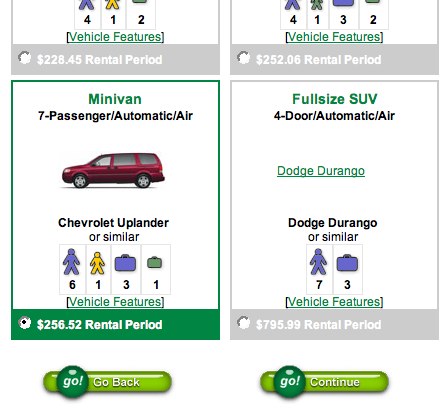- Home
- Blogs
Latest Posts
Join Kris Krug and me for "Social Media: A New Way to Market?" - Jan. 28 in Vancouver
- 22 January, 2008
- 0
I've never really had a chance to share a stage with the multi- poly- omni-talented Kris Krug... so I'm doubly excited about a talk I'll be giving on Monday night for the High Tech Communicators Exchange:
Facebook, Linkedin, YouTube, MySpace … what does the social media revolution mean to marketers and communicators? How is it redefining how we communicate, connect, network and build relationships with customers, stakeholders and even employees? How are companies using social media to increase visibility and build awareness? What are the risks and pitfalls of using social media? And what’s coming next?
The January 28th High Tech Communicators Exchange will start the discussion on how best to navigate this brave new world as part of our business strategy. Local social media guru Kris Krug, President of Raincity Studios will share insights into how social media is evolving, changing the rules and empowering people. You’ll also hear from Rob Cottingham, President of Social Signal how his company has helped companies like Vancity (changeverything.ca) and BC Hydro make the most of digital technologies.
A quick word about the Exchange: it's been a labour of love for Catherine Ducharme since 2001, and now serves more than 380 communicators, PR professionals and marketers in Vancouver's high-tech sector.
Which brings me to a post I've wanted to write for a while.
I've been thinking a lot lately about the immense service provided by the world's convenors – the folks who devote time and energy to bringing people together on common ground. Just in our area, there are people like Catherine, our friends Jason Mogus, Sarah Pullman and Jodie Tonita with Web of Change (plus Phillip Smith by remote control from Toronto)...
...the Northern Voice blogging conference team (Darren Barefoot, Kris Krug, Brian Lamb, Cyprien Lomas, Boris Mann, Dale McGladdery, Lori Pike, James Sherrett, Travis Smith, Julie Szabo, Roland Tanglao and Lauren Wood)...
and Gerald Bauer who pulls together our local Facebook Developers Garage (coincidentally, also happening Monday night – wish I could be in both places!).
There are many more... and just those few individuals, and the
Work Smarter with Evernote

Get more out of Evernote with Alexandra Samuel's great new ebook, the first in the Harvard Business Press Work Smarter with Social Media series!

 I had to rent a car last week for a family trip through the frozen wastelands of Southern Ontario, which meant an even more arduous journey: through the web sites of car rental agencies.
I had to rent a car last week for a family trip through the frozen wastelands of Southern Ontario, which meant an even more arduous journey: through the web sites of car rental agencies.


